Panoramic Photo Above:
Sportsman's Park, St. Louis

Baseball History Comes Alive Now Ranked As a Top Five Website by Feedspot Among All Baseball History Websites and Blogs!
(Check out Feedspot's list of the Top 35 Baseball History websites and blogs)
Guest Submissions from Our Readers Always Welcome! Click for details
Scroll Down to Read Today’s Essay
Subscribe to Baseball History Comes Alive for automatic updates. As a Free Bonus, you’ll get instant access to my Special Report: Gary’s Handy Dandy World Series Reference Guide!
“All-Star Games from the 1930s” Photo Gallery
Click on any image below to see photos in full size and to start Photo Gallery:
A Look Back At The First All-Star Game!
July 6, 1933
As we get closer to the All-Star break, I thought it’d be a good idea to revisit the first All-Star game, played before 49,200 fans at Comiskey Park on July 6, 1933, ninety-one years ago today. The American League won the game 4-2, which was played in 2:05.
The idea for an All-Star game was the brain-child of Arch Ward, the sports editor of the Chicago Tribune. It was originally Ward’s intention that the game be a one-time event to boost morale during the Great Depression; but, as we know, it soon became the annual Midsummer Classic, the greatest All-Star game of any professional sport.
Because of the intense rivalry between the two leagues, the game grew to hold great significance throughout the baseball world. Ted Williams once remarked that his greatest thrill in baseball was the walk-off home run he hit to win the 1941 All-Star game.
In the featured photo above, we see the American League team photo from the first All-Star game. Player identifications are at the end of the post. Below is the National League team, with player identifications also at the end of the post.
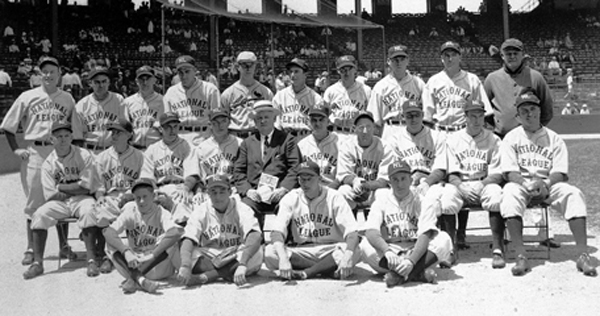
- The winning pitcher was Yankee Lefty Gomez and the loser was Cardinal Bill Hallahan. Gomez also drove in the first run, a single scoring Jimmy Dykes. Lefty Grove was retroactively credited with a save.
- No surprise, the star of the game was Babe Ruth, hitting the first All-Star home run, a two-run shot in the bottom of the third inning. He also made a great catch in the eighth up against the scoreboard in center. Frankie Frisch also hit a home run for the National League.
- Chick Hafey had the first All-Star hit: a bloop single to center leading off the second.
- The All-Star game was part of the 1933 Chicago World’s Fair during the city’s centennial.
- Twenty of the game’s thirty-six All-Stars were later inducted into the Hall of Fame. Other future Hall-of-Famers included the two managers (Connie Mack and John McGraw) and two of the four umpires (Bill Klem and Bill McGowan). Two of the three coaches (Max Carey, Eddie Collins) were future Hall of Famers. The third coach was Art Fletcher.
- It was Arch Ward’s idea for the fans to select the starting nine players. The two managers selected the other nine players for each team.
- The home town White Sox had two All Stars: Jimmy Dykes and Al Simmons.
- Special All Star jerseys were made up for the National League players with “National League” on the front and white “NL” letters on their navy felt caps. The American League players wore their home uniforms.
- In the fifth inning, the game’s official American League baseball was changed to an official National League baseball; the American League home plate umpire was replaced by a National League home plate umpire after the top of the 5th inning.
- Sixty baseballs autographed by All-Star players were given out before the game started.
- The two clubhouse boys in the photo are brothers Art and Ephraim Colledge, but they shared the same nickname, “Sharkey.” According to photographer George Brace, “No one ever called them anything but ‘Sharkey.’ “
Player Identifications
1933 American League All-Stars
Top Row, L-R: “Sharkey” (clubhouse boy), Bill Conroy, Lou Gehrig, Babe Ruth, Oral Hildebrand, Connie Mack (Mgr.), Joe Cronin, Lefty Grove, Batboy, Bill Dickey, Al Simmons, Lefty Gomez, Wes Ferrell, Jimmy Dykes, clubhouse boy. Bottom Row: L-R: Al Schacht, Eddie Collins (coach), Tony Lazzeri, Alvin Crowder, Jimmy Foxx, Art Fletcher, Earl Averill, Ed Rommel, Ben Chapman, Rick Ferrell, Sam West, Charlie Gehringer, “Sharkey” (clubhouse boy).
1933 National League All-Stars
Top Row, L-R: Gabby Hartnett, Jimmie Wilson, Frankie Frisch, Carl Hubbell, Bill Walker, P. Waner, Woody English, Hal Schumacher, Pie Traynor, Andy Lotshaw (trainer). Middle Row, L-R: Bill Hallahan, Dick Bartell, Bill Terry, Bill McKechnie (Coach), John McGraw (Mgr.), Max Carey (Coach), Chick Hafey, Chuck Klein, Lefty O’Doul, Wally Berger. Front Row, L-R: batboy, Pepper Martin, Lon Warneke, Tony Cuccinello.
Umpires: Bill Dineen, Bill Klem, Bill McGowan, Cy Rigler
Gary Livacari
Photo Credits: All from Google search
Information: Excerpts edited from the 1933 World Series Wikipedia page.
Subscribe to our website, Baseball History Comes Alive with over 1500 fully categorized baseball essays and photo galleries, now surpassing the one million hits mark with over 1,202,000 hits and over 950 subscribers: https://wp.me/P7a04E-2he
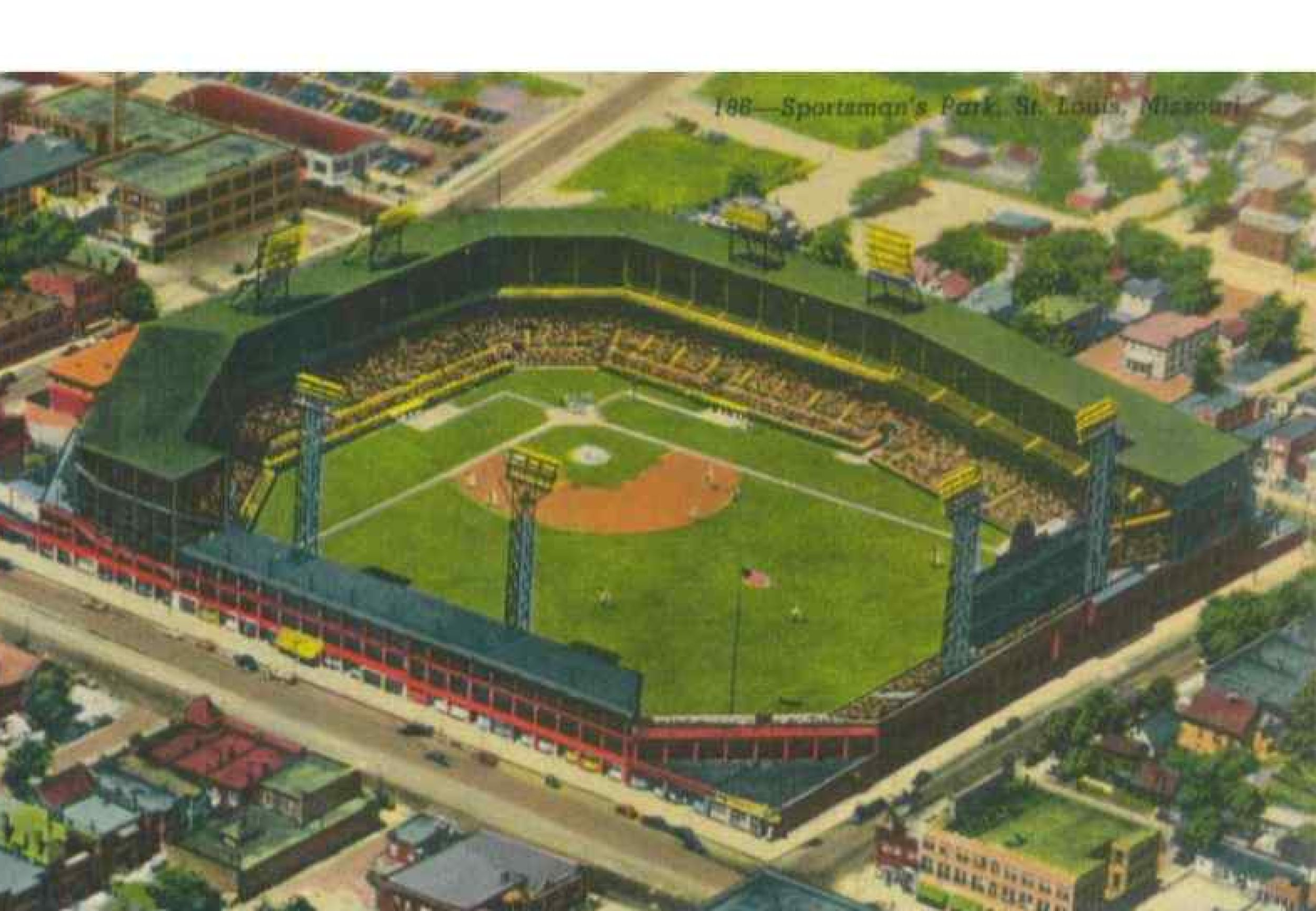
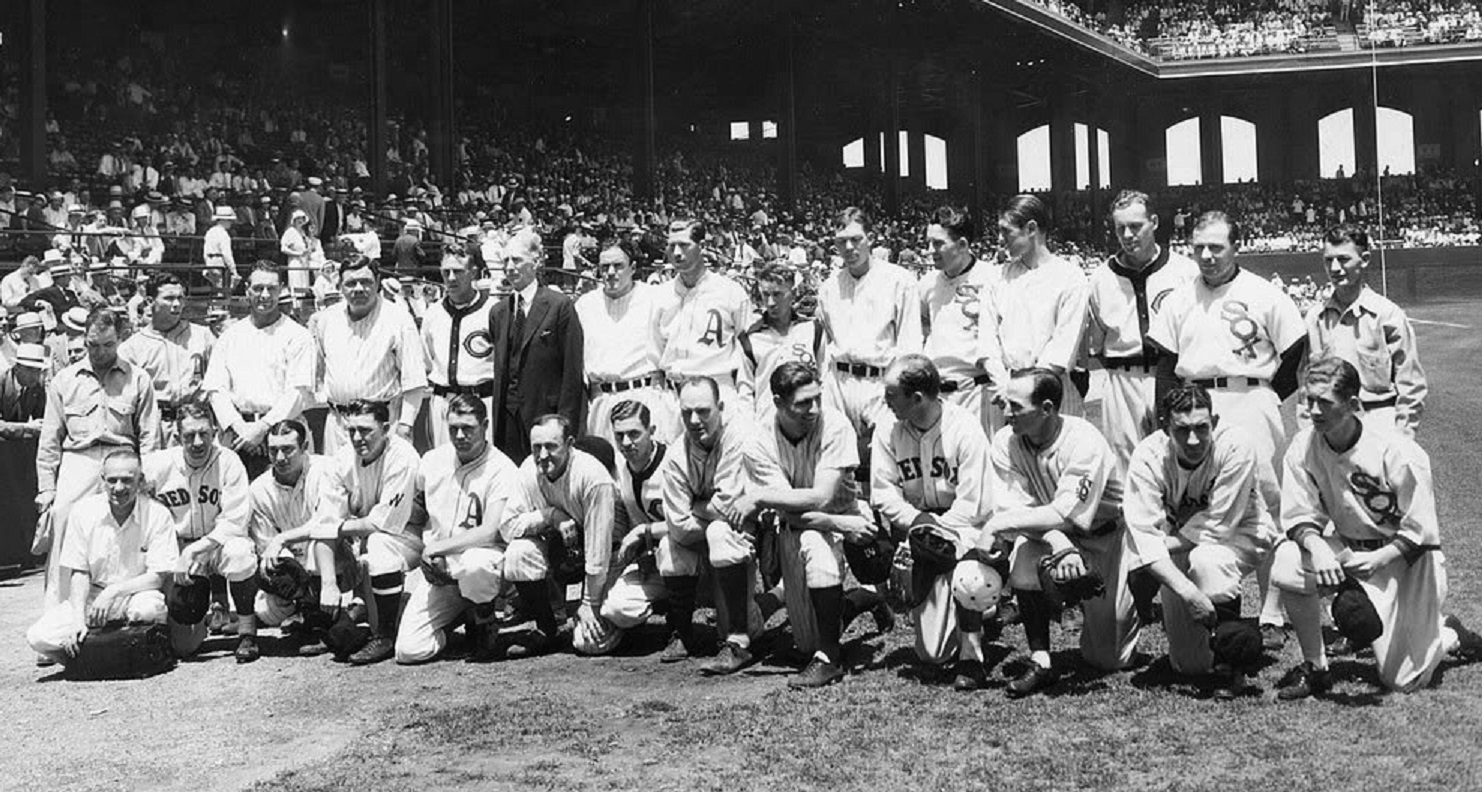
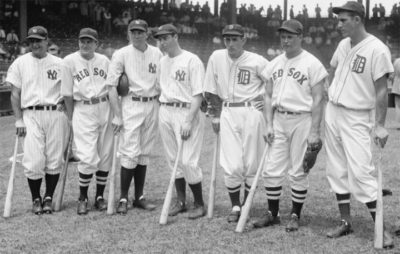
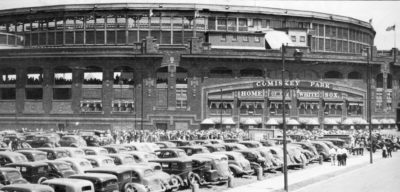
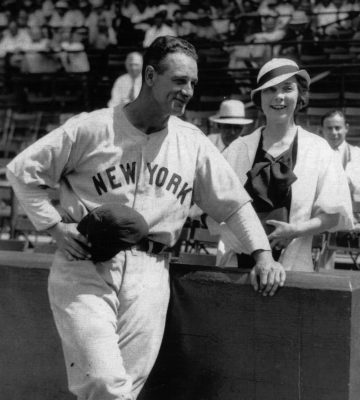
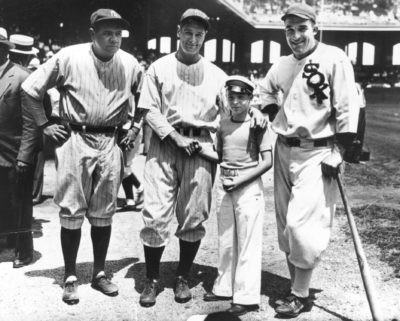
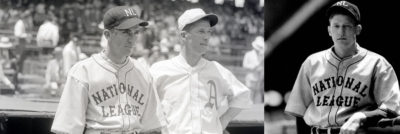
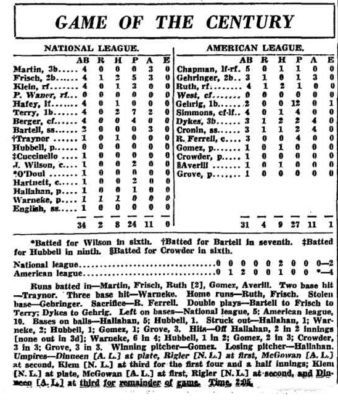
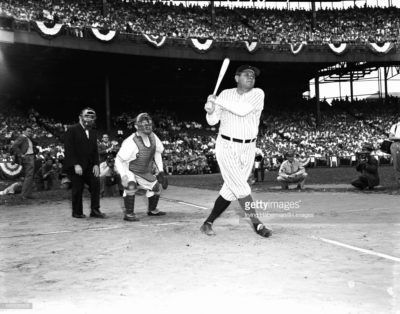
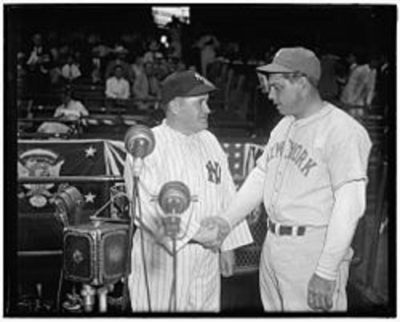
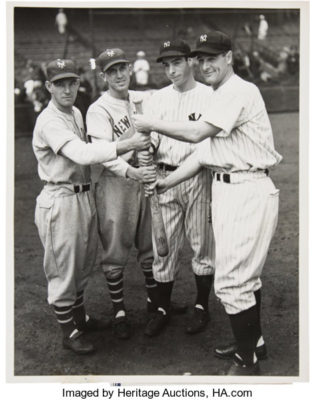
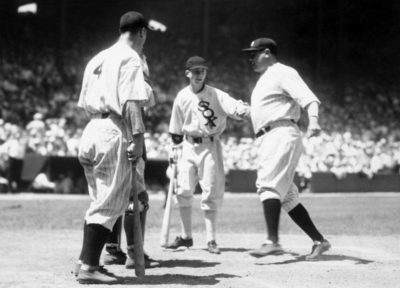
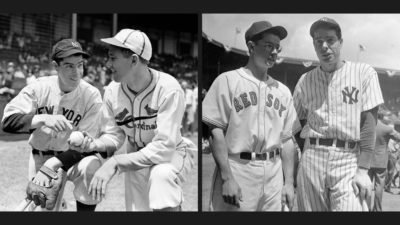
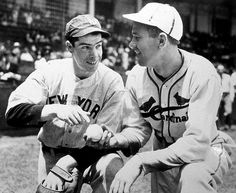
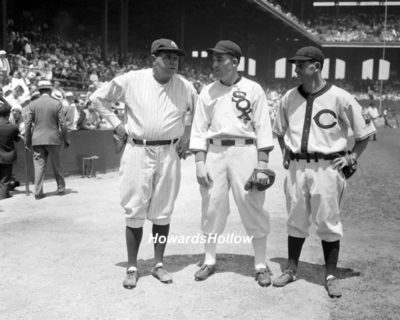

Hi Gary,
You seem to have some contradicting and likely typo’s in this otherwise great post.
Unless I’m missing something how can the first all star game have been July 6th, 1911? Yet the included box score of the first all star game have players like Lou Gehrig, etc. that didn’t start to play pro ball until well after July 6th,1911?
I never knew there was a 1911 game so if this wasn’t a typo please educate me.
I thoroughly enjoyed the post and all the classic photos though. Just confused about the 1st all star game being played on July 6th, 1911?
Yep, it was a typo. Thanks for catching. It’s been corrected.
Truly hoping this isn’t outside the rule book of BHCA, but if I might return ever-so-briefly to yesterday’s excellent piece on Eddie Yost. I sent it to my brother who was batboy for teams visiting Municipal Stadium in 1960, then became Tribe batboy in 1961. Brother Bill wrote “Eddie Yost was a good guy and fun to watch. To the best of my recollection he was the only player who ever tipped me; he handed me a few bucks after every series.” Bill said the only other tips he ever got came from Casey Stengel.
I submit this in partial thanks to you, Gary, and to Mr. Jankoski for his great story on The Walking Man. Thank you both.
Thanks for posting Tom. Great info…I always love the personal stuff like this. I bet your brother has some great stories to share. Would love to hear more. Maybe an interview?
I can ask, Gary. He’s a rather taciturn fellow. I’ll let you know.